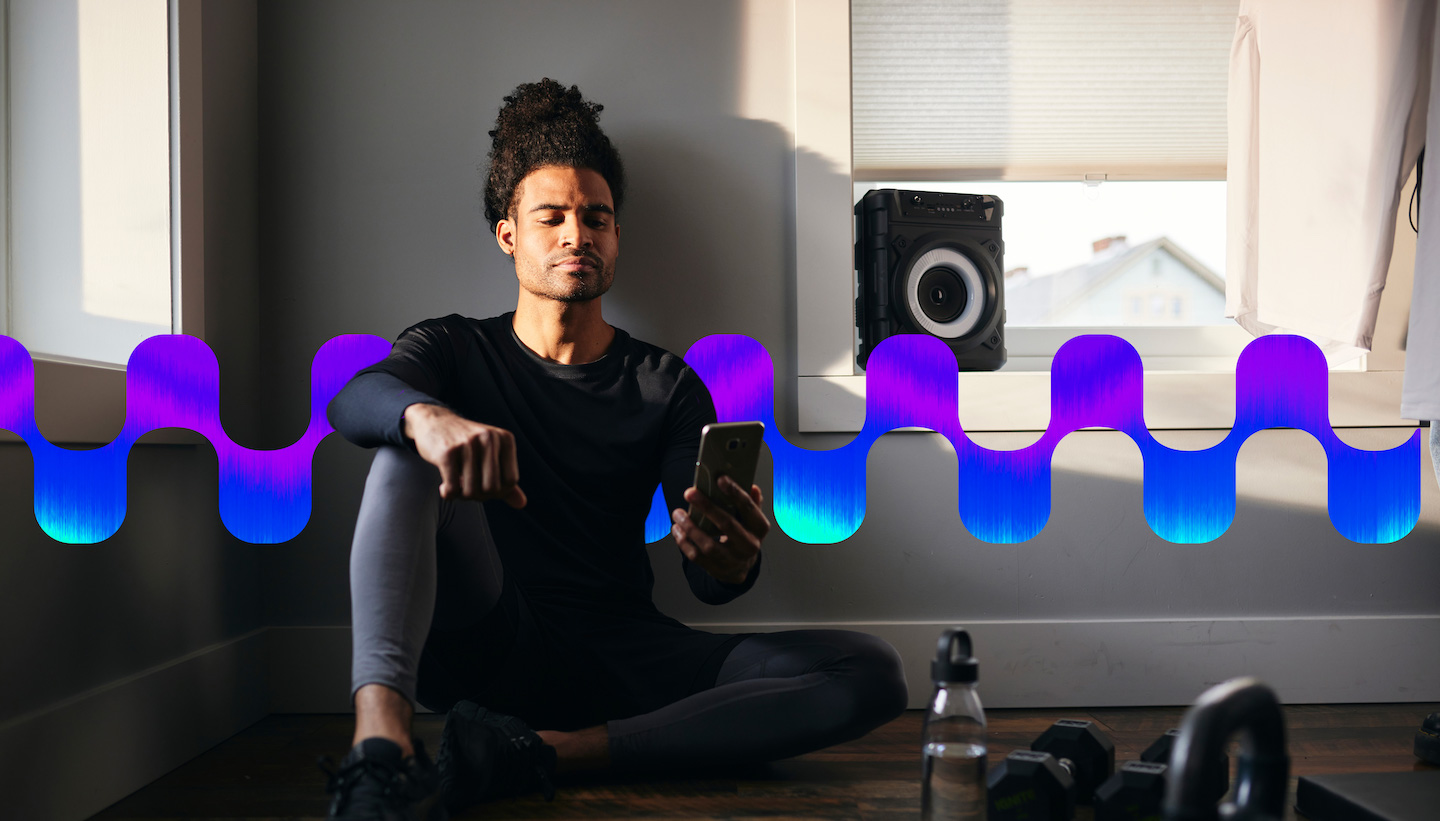
Listening to audio activates key centers of your brain, from your emotional response to memory storage to interest and engagement. On Spotify, that’s happening whether you’re listening to a song, a podcast, or an ad—meaning you’re more highly engaged and are more likely to remember what you listened to. So listening makes for a fully mindful experience, and thanks to volume two of Spotify’s Sonic Science report, we now know it also makes for a full body experience full of good vibes, too.
In 2021, Spotify Advertising released Sonic Science: Understanding your brain on sound. In this first volume, we partnered with the research team at Neuro-Insights to examine the neurological impact of audio and what it means for advertisers. We looked at how Spotify’s deep levels of personalization and interactivity make it a highly immersive, emotionally provoking, memorable medium—more so than TV, digital video, and social media.
For Sonic Science: Volume 2, out today, we turned our attention to audio’s impact on the body. For the Record asked Marion Boeri, Spotify Associate Director, Thought Leadership, to fill us in.
What is Sonic Science? Why did Spotify want to examine this?
Sonic Science is really all about trying to understand the impact of digital audio. This research franchise is meant to be used by our advertising partners, as well as brands, creative agencies, media agencies, and marketers. The idea is to educate them on the power of audio and really prove that it is a crucial format to leverage when engaging with their consumers. But we also want to help them and guide them to be more contextually relevant.
We already know that audio is crucial for a lot of people throughout the day. We see from our first-party data that it’s used at any and every moment of the day, and we see how culture is reflected on our platform. We do know people are using audio to help with stress and anxiety—we talk about the good it’s doing for mental health. So looking at our brains and “getting dirty with science” and unpacking that impact helps us understand what that means for an advertiser when they want to engage and leverage an audio platform.
At the end of the day, we want to make sure we’re creating a positive environment, and that translates into a positive impact for advertisers. Ultimately, we’re using the insights and the research to create a set of best practices that really helps us guide our advertisers and be even better on the platform, and with a stronger strategy. We’re trying to create an advertising experience that is additive and not disruptive.
Where did we focus during the second round of research?
In volume one, we looked at the brain. In volume two, we looked at the entire body. You know how you’ll be listening to something scary and get goosebumps? Or listening to something with a high BPM and see your heart rate go up, even if you’re not jumping around? We wanted to prove this mind-body connection.
So we worked with a biometrics research company, MindProber, as well as Josh McDermott, PhD, who leads the Laboratory for Computational Audition at MIT and who served as an advisor to our entire process. Together with MindProber, we engaged over 400 Spotify Free listeners in the U.K. and U.S., and we asked them to listen to Spotify at least once a day for an hour, doing whatever they would normally do while listening—work, commute, play with kids, cook dinner, work out, clean—but while wearing a sensor in the palm of their hand. With that sensor, we were capturing heart rate and body temperature: electrodermal activity. We captured the emotional arousal, how people’s bodies were reacting to music and podcasts, in their natural context.
It was crucial to us to really be able to have listeners be in their natural environment. So in effect, we were looking at what was happening every day, in any listener’s life, and just trying to understand how that translated into engagement. So that was a great complement to the brain story by trying to validate everything and looking at the whole body. And we captured so much data!
What were some of the findings and results?
It validated a lot of things that we already know as Spotify listeners. We all have emotional needs: Sometimes you’ll turn to a piece of music because what you want is motivation. Sometimes you need to chill, and you’ll turn to something very different. So with this study, we were able to map that out and lay out the acoustic attributes related to what listeners were doing. Some things were common sense, like high-density, high-tempo audio for working out, or instrumental music for gaming. But we also noticed, for example, that when people are walking alone, they’re more likely to engage with songs with a high rate of speech—a lot of words. At the end of the day, we have different needs, and we can try to fulfill these with audio. It’s more than a soundtrack—it’s a mirror of our lives. And that was something we were able to validate with the data.
Plus, we learned that the Spotify listening experience creates a halo of good vibes. Even when they’re streaming sad music, listeners get a mood boost when they tune into Spotify. A third of our Sonic Science study participants reported feeling “happy” or “cheerful” after listening to Spotify, while a quarter described feeling “calm”—regardless of when they listened, what they listened to, and what they were doing at the time.
What’s the takeaway for those who want to be more in tune with their consumption habits?
There are a few. One is that you can kind of trick your body into having an emotional reaction. Some people love listening to very sad music when they’re upset. Some people use music to get out of that sadness. I think being more mindful of the impact audio can have—not only on your mental state but also on your entire body—is interesting because you can start to get to know how to help or motivate yourself. It’s not only beneficial for entertainment.
Second, is that any platform needs to understand that connection they’re creating with their users. Knowing this data helps us create an experience that is even more relevant, and I think that was a great validation for what we’re doing. We’ve managed to create a personal bond and emotional connection that helps us create more products and more playlists to feature on the platform, since we do know that having personalization and interactivity is key to our users.
Finally, we all consume a lot of media all the time, and it’s hard to know what’s good for us, or how to make decisions about the time we spend on a platform. Some media has been proven by research to have a toxic, negative effect on our mental health and well-being. So it’s great to see that there’s a positive effect of using Spotify.
We say “listening is everything.” In your opinion, what is the power of audio?
The power of audio to me is the benefit it has on your mental well-being. I also think that besides that, audio holds the power of connecting to others on a global level. It’s universal. You listen to music from different languages. You hear different stories and perspectives through podcasts. You’re learning from others; you’re opening your mind to so many other things. It helps to shape culture, it helps us to bond to each other, and from a human standpoint, it is everything.
Read the entire Sonic Science report on Ads.Spot.









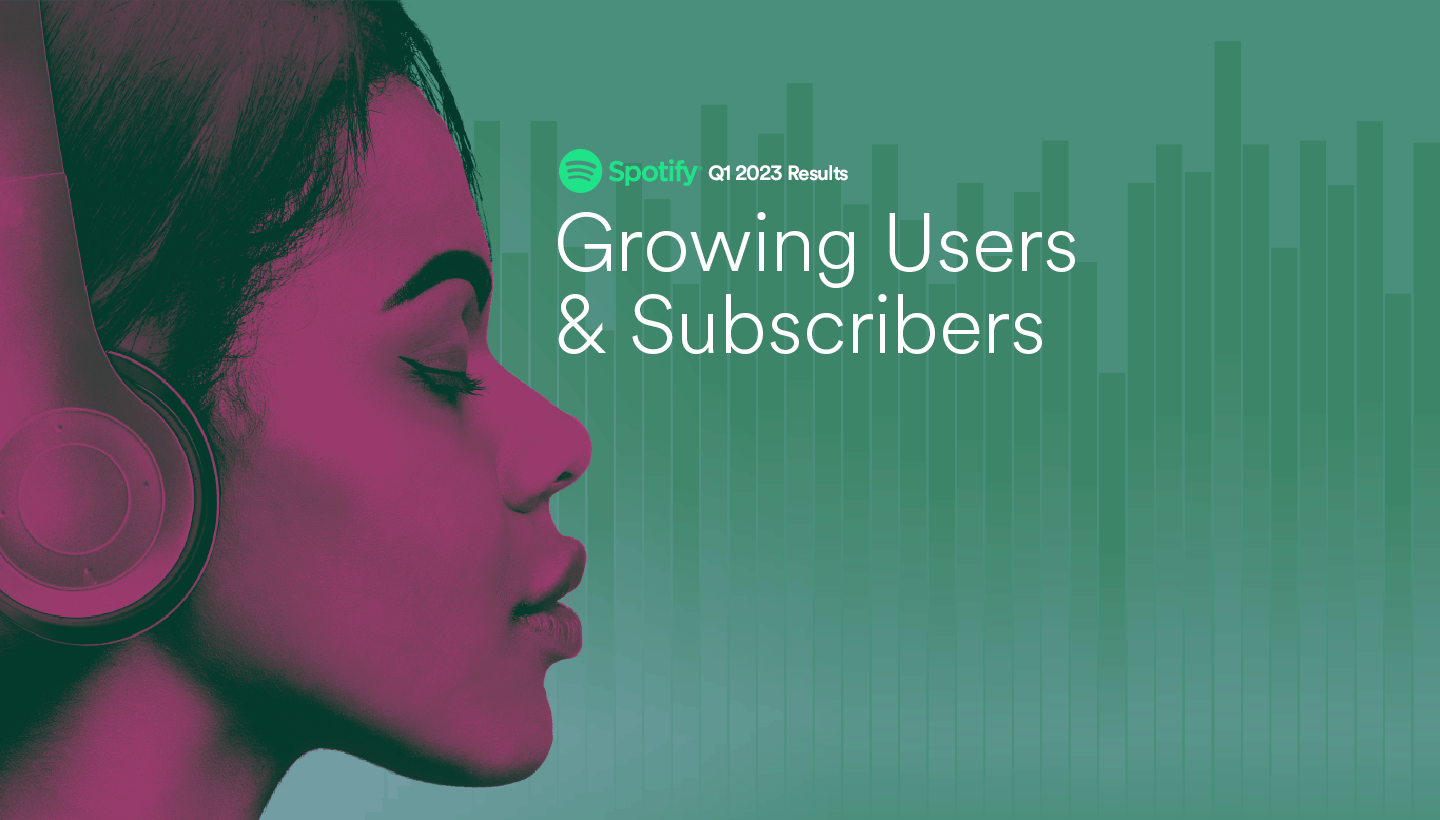
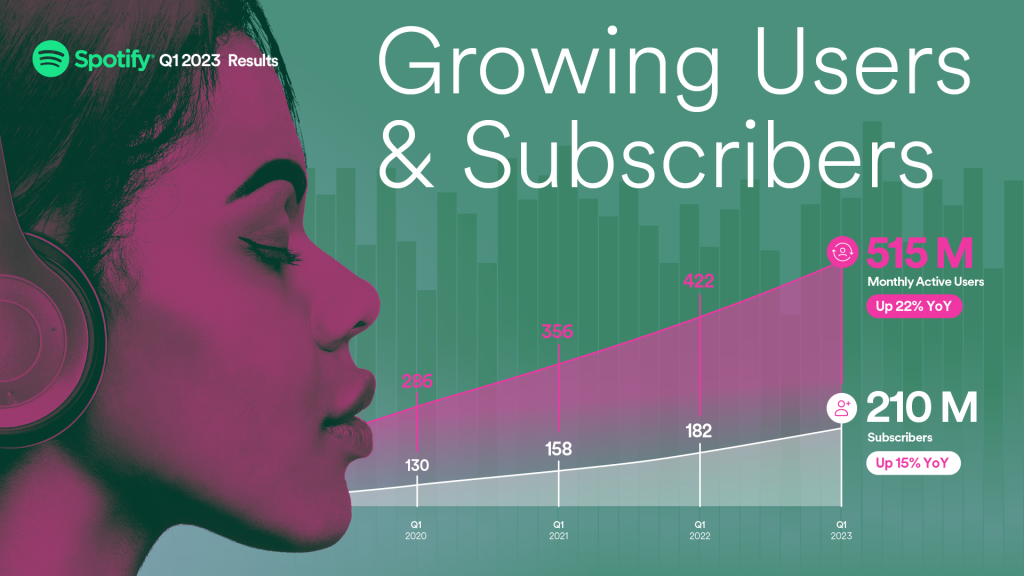
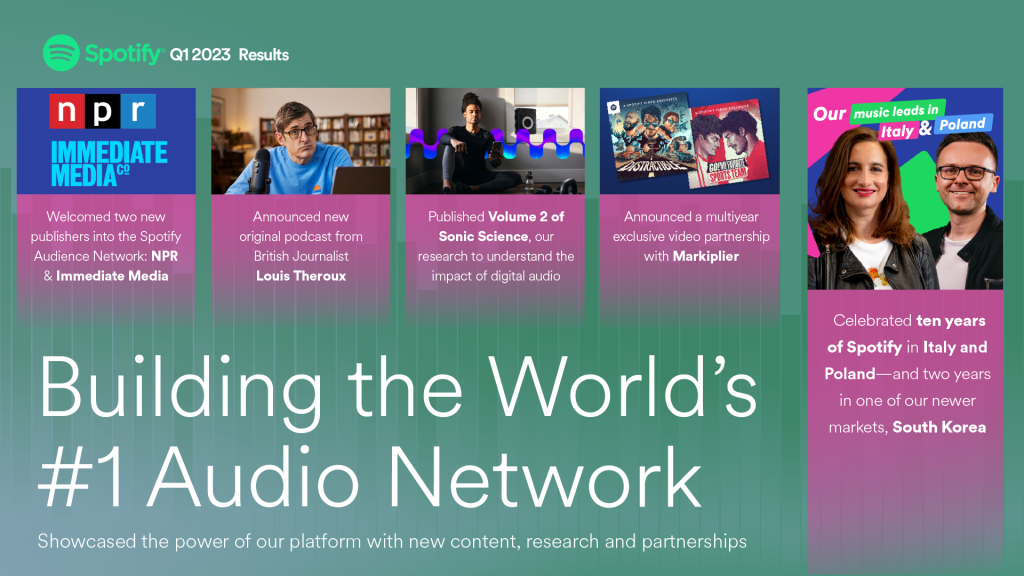
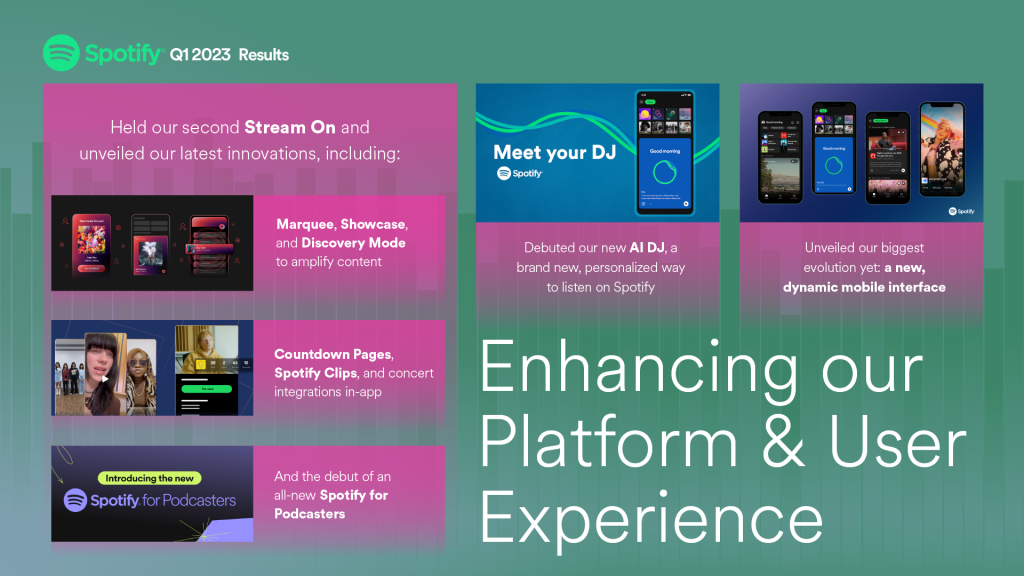
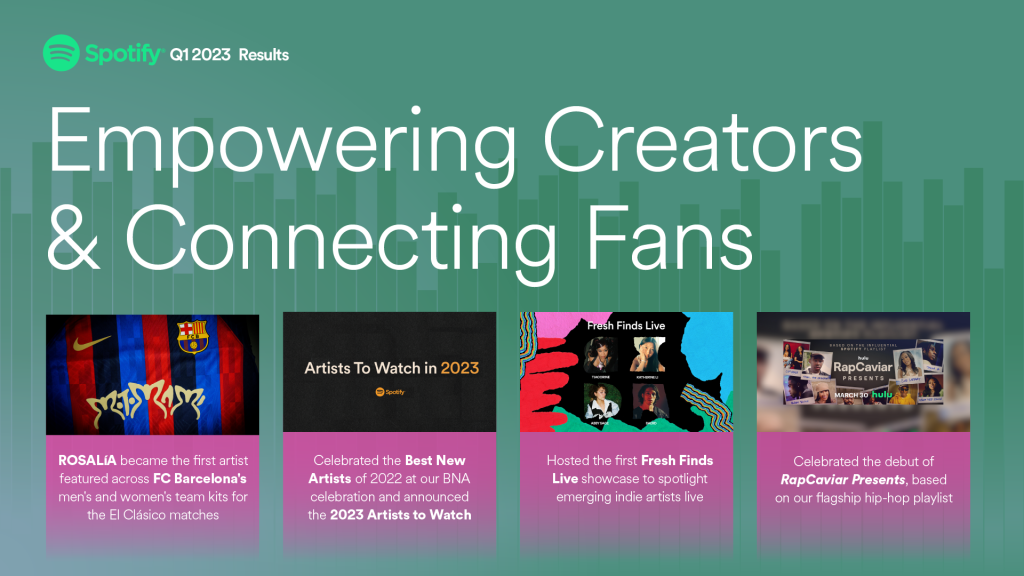

Recent Comments